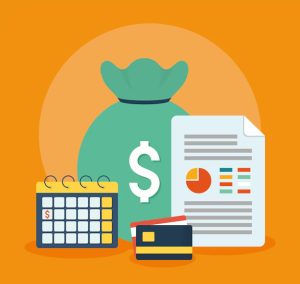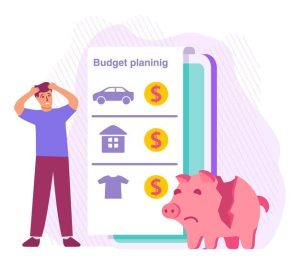When utilizing available credit, some people treat it as an extension of their income without realizing the potential pitfalls. While this flexibility can be tempting, it poses significant financial risks. Understanding these dangers is crucial for smart money management.
Misusing credit can lead to accumulating debt, a poor credit score, and potential financial struggles. Correctly managing your resources and being aware of the risks helps maintain financial stability and well-being, steering clear of debt and ensuring long-term fiscal health. In the following sections, we’ll explore the nuances and potential hazards of treating available credit as additional income.
The illusion of increased income

One of the immediate challenges is the illusion of increased income. Available credit, from credit cards or lines of credit, mirrors the feeling of additional funds, tempting individuals to spend more than they earn. This can create a skewed perception of their financial situation, leading to the belief that they have more resources at their disposal than they actually do.
Over time, this can result in large balances that accrue interest, making repayment difficult and leading to enduring financial issues. The key is understanding that while credit can act as a temporary buffer, it’s not an addition to your paycheck.
The impact on spending habits
The perception of having increased funds can significantly impact spending habits. Those who see credit as extra income may begin indulging in expenses that their actual income cannot support. This can encourage impulsive purchases and luxurious habits that don’t align with their budget.
Over time, these habits become normalized, making it challenging to revert to a spending pattern that matches their income. Understanding the lure of available credit and its influence on financial behavior is essential. Educating oneself about the potential traps can help in maintaining a healthier financial lifestyle, preventing long-term hurdles.
Consequences of misusing available credit
Misusing available credit by seeing it as income can have severe consequences. One significant repercussion is the accumulation of debt, leading to financial strain. With interest compounding monthly, debt can quickly snowball into an overwhelming burden that is difficult to pay off.
Additionally, consistently high levels of debt affect credit scores negatively, impacting one’s ability to secure future loans with favorable terms. This cycle of debt can lead to stress and limit opportunities for financial growth. Being mindful and cautious about using credit for day-to-day expenses is critical to avoid getting trapped in a debt cycle.
Practical steps to manage credit wisely
While the risks are substantial, practical steps can help manage available credit responsibly. Setting a realistic budget that doesn’t rely on credit for regular expenses is crucial. Tracking spending and differentiating between needs and wants can guide better decision-making.
Furthermore, using credit for emergencies rather than everyday costs ensures it acts as a tool rather than a crutch. Regularly paying the balance in full or making more than the minimum payment can prevent interest from accumulating. These habits not only protect financial stability but also enhance credit scores, ensuring future financial opportunities remain open.
Embracing financial wellness
Understanding and maneuvering the complexities of available credit is vital for maintaining financial health. By acknowledging its risks and implementing careful strategies, you can avoid the common pitfalls associated with viewing credit as supplementary income. Financial wellness involves a balance of responsible spending, saving, and avoiding unnecessary debt.
By making informed decisions, recognizing the importance of living within one’s means, and using credit as a strategic tool rather than an income supplement, one can achieve lasting financial peace and prosperity. Maintaining this balance fosters both confidence and security in personal financial management.



